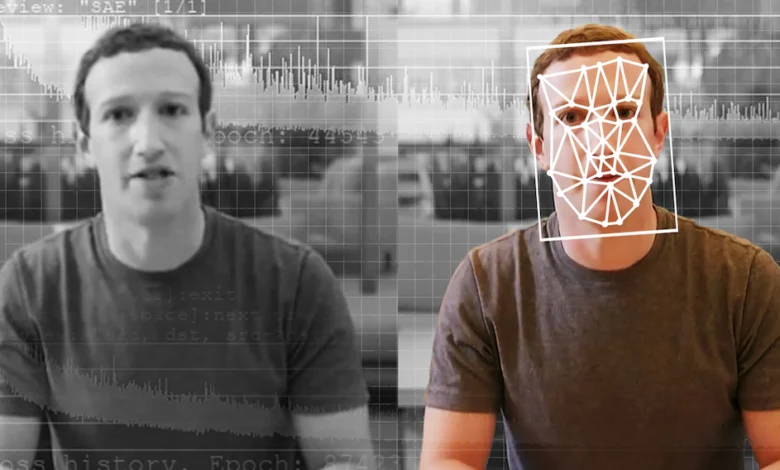Quick Reads
Quick Read: Deepfakes Creation Tools

The proliferation of deepfakes is largely due to the increasing accessibility of sophisticated AI-powered tools. These range from complex software suites to user-friendly mobile apps. Let’s explore some of the most prominent tools in the deepfake ecosystem:
A. Popular Software
1. DeepFaceLab
- Open-source software
- Widely regarded as one of the most powerful deepfake tools
- Used for creating high-quality face swaps in videos
- Requires significant technical knowledge and computational power
2. FaceSwap
- Another open-source tool
- User-friendly interface compared to DeepFaceLab
- Supports both Windows and Linux operating systems
- Active community for support and development
B. Mobile Apps
1. Reface
- iOS and Android app
- Allows users to swap faces with celebrities in popular GIFs and videos
- User-friendly interface makes deepfake creation accessible to the masses
- Raises concerns about privacy and data usage
2. Zao
- Chinese app that went viral in 2019
- Enables users to superimpose their faces onto characters in movie clips
- Sparked controversy over its user agreement and data collection practices
C. Web-based Tools
1. Deepfakes Web
- Browser-based deepfake creator
- No software installation required
- Limited in capabilities compared to dedicated software
- Raises questions about the democratization of deepfake technology
2. MyHeritage Deep Nostalgia
- Web tool that animates faces in old photographs
- Uses AI to create realistic movements and expressions
- While not strictly a deepfake tool, it demonstrates the growing accessibility of AI-powered video manipulation
Implications of Accessible Tools
The availability of these tools has significant implications:
- Democratization of Technology: Once limited to tech experts, deepfake creation is now accessible to anyone with a smartphone or computer.
- Quality Variation: The quality of deepfakes varies greatly, from obvious fakes to near-indistinguishable replicas.
- Ethical Concerns: Easy access raises questions about consent, privacy, and potential misuse.
- Legal Gray Areas: Many of these tools operate in a legal gray area, with regulations struggling to keep pace with technological advancements.
As deepfake tools continue to evolve and become more accessible, the need for awareness, detection methods, and ethical guidelines becomes increasingly crucial.
This post is part of the “Quick read” series: The Rise of Deepfakes: When Seeing is No Longer Believing
Read in the same series:
- Deepfakes Creation Tools
- Real-Life Scenarios and Examples of Deepfakes
- Impacts of Deepfakes on Communities and Individuals
- Countermeasures and Detection of Deepfakes
- The Future of Deepfakes